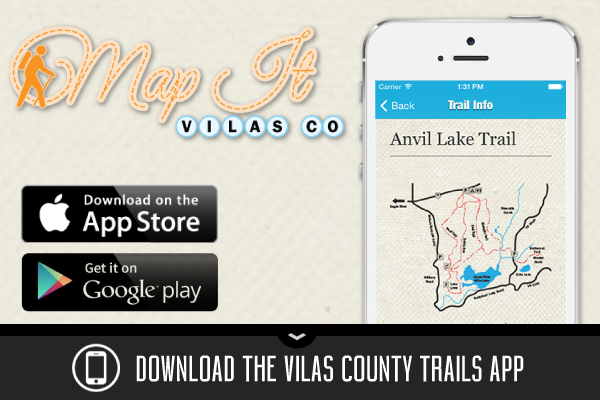Adventures

Sylvania Wilderness Water Routes
Paddle a wild backcountry
Centuries ago, the canoes of Native Americans and fur traders left wakes through these wild waters. Today, canoes still leave ripples on the beautiful, undeveloped lakes that lace the Sylvania Wilderness Area, and the water is still an excellent way to discover this wild place.
To explore the full extent of this 18,000-acre wilderness you’ll want to do a portage or two, so it’s a good idea to use a light canoe. Sylvania Outfitters in Watersmeet rents high-end Kevlar models that feel like carrying a picnic basket. Bob Zelinski has been operating the business for more than 40 years and can give you a wealth of information about the Sylvania. He’s a man of many stories; he’s thinking about writing a book but for now, you’ll want to budget a little time to hear what Bob has to say.
A good place to start your paddling adventure is Crooked Lake. You can get to a launch spot just off Crooked Lake Road. You’ll be heading into some wild country – sign in at the Sylvania Visitor’s Center so folks know you’re on an adventure.
You can paddle a couple of meandering miles south down Crooked Lake, then either take a short portage east to Mountain Lake or a longer portage west to Clark Lake. While the portage is longer to the west, it will lead you to more extensive paddling. Clark Lake is the largest lake in the Sylvania and is surrounded by towering forests. There are a couple small, picturesque islands you can paddle around and some protected bays you can trace.
Watch for loons on your adventure. This is one of the few places this bird nests in Michigan – it’s an endangered species in the state and only 350 nesting pairs remain. Enjoy a view of the bird from a distance. If you see a loon wildly flapping its wings in the water, you are probably too close – paddle away so the bird isn’t tempted to abandon its nest.
Clark Lake has additional portage options that will take you to Loon Lake and Whitefish Lake.
There’s also a beach and picnic area on the north side of Clark Lake. It’s a relaxing place to take a break and admire this bit of the paddling world that’s just as wild as it was centuries ago.

